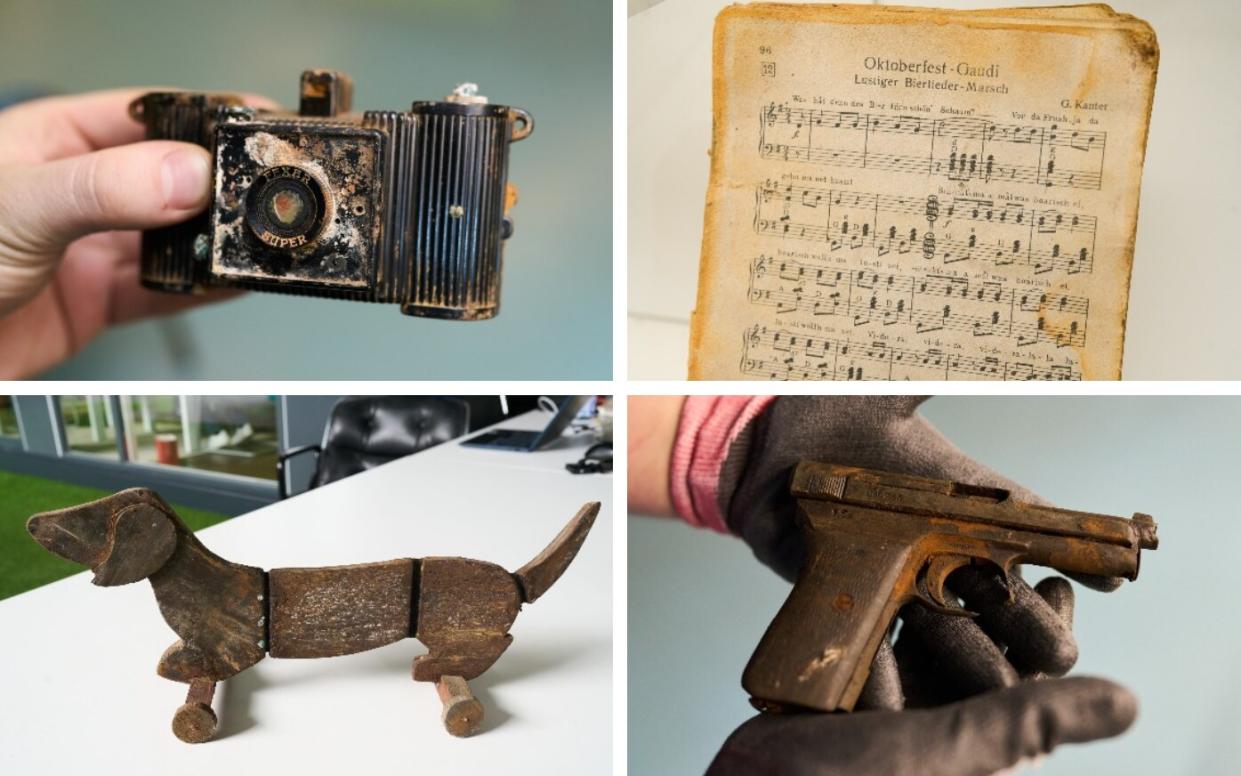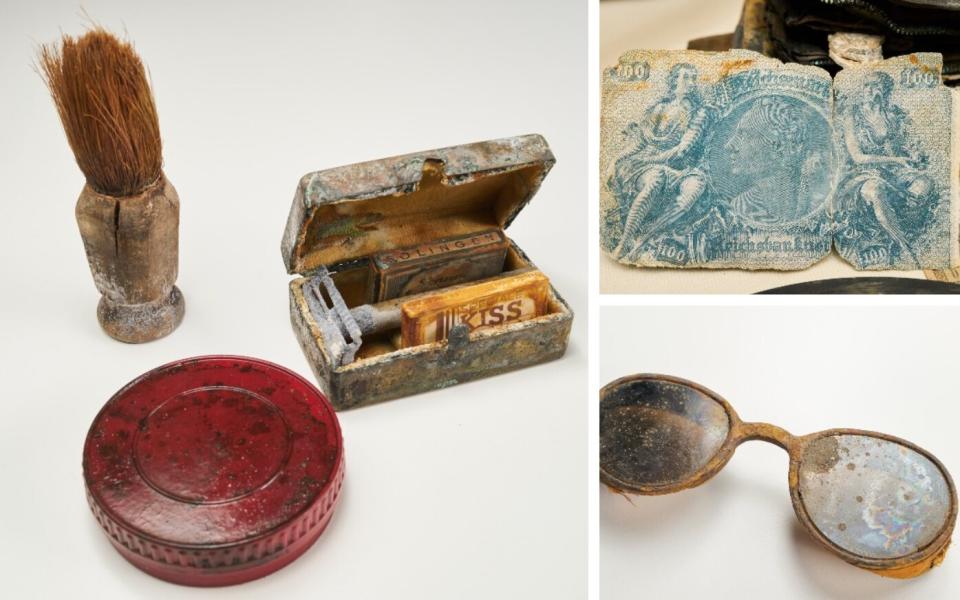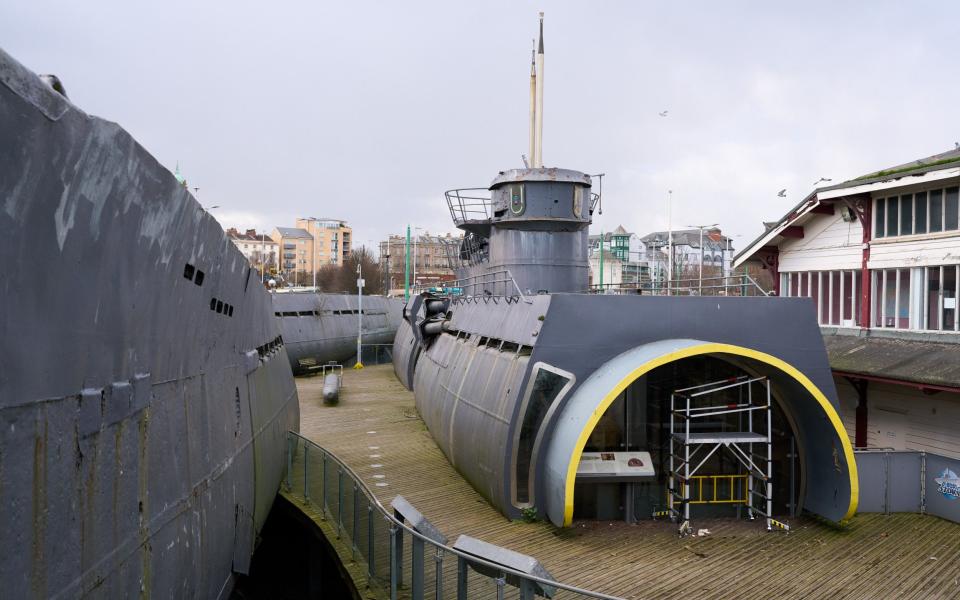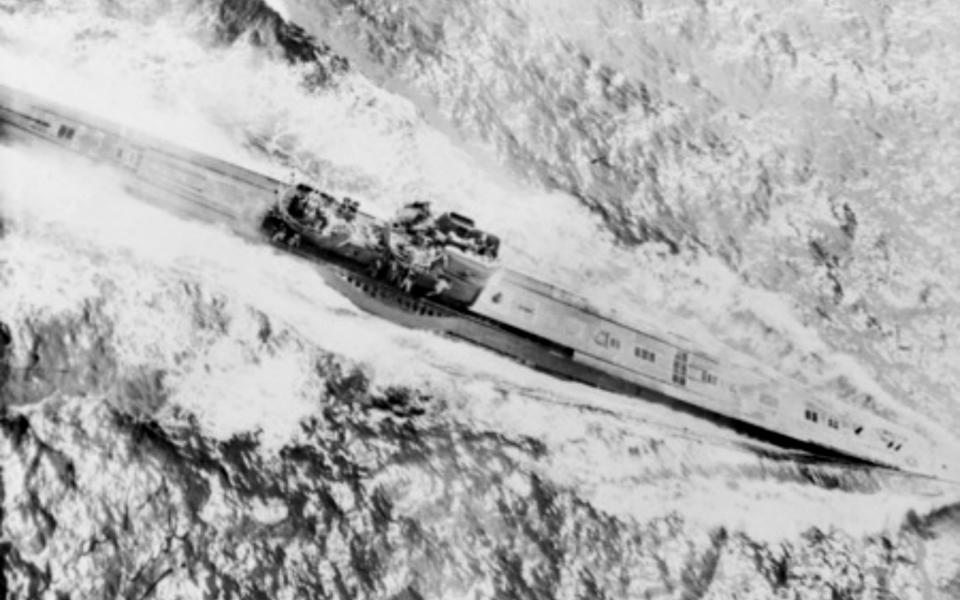Revealed: How the Nazis spent their final days on board doomed U-boat

Historians in Birkenhead are hoping to uncover the mystery of why the U-boat U534 disobeyed orders to flee Germany in the dying days of the Second World War after unsealing hundreds of objects from the boat for the first time in 80 years.
They have opened dozens of boxes of artefacts found aboard the submarine, which is believed to have been scuttled by its crew after coming under attack from British aircraft off the coast of Denmark.
There are various theories as to what U534 was doing, including that it may have been carrying top-secret torpedo technology to Japan or even the US as part of a defection plan.

The most likely theory at the moment, experts said, was that it was fleeing to Argentina, perhaps with a very senior Nazi onboard.
Among the objects found on the boat, which was raised from the Danish seabed in 1993 and is now in Birkenhead, were books about South America, tropical uniforms and a number of luxury items including fine wines, classical records and large amounts of golden silk.

“You can start to just kind of put this picture together. If you were to put a gun to my head and make me guess, I do think there was probably some senior Nazi officers on board,” said Dean Paton, the director of Big Heritage, which now controls U534 and its contents.
Argentina became somewhat of a haven for Nazis fleeing Germany in the immediate aftermath of the war. Among them was Adolf Eichmann, a key organiser of the Holocaust. U534 also had an Argentinian-German radio operator aboard.

Researchers hope that the hundreds of documents preserved in the submarine may hold further clues as to its mission and perhaps even provide insights into Nazi actions elsewhere, given the successful destruction of most documents on land.
“The objects capture the moment when it sank,” said Mr Paton. “It’s almost like Pompeii.”

 Yahoo News
Yahoo News 
